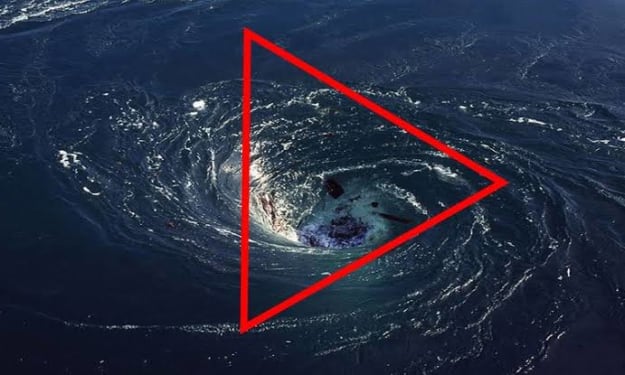Secrets of the Past Unveiled: Is the Earth Headed for a New Ice Age?
Unraveling the Mysteries of Milankovitch Cycles and Their Chilling Impact on Our Planet's Future Climate!
Introduction:
In a world where Christmas Day is celebrated with snow and hot chocolate in some regions while others bask in the summer sun at the beach, the concept of a relentless, everlasting winter may seem far-fetched. However, scientists warn us that the Earth's climate is governed by complex cycles, known as Milankovitch Cycles, which have the potential to bring about drastic changes in the future. This article delves into the intriguing realm of Milankovitch Cycles, explaining their significance, how they work, and how they could foreshadow the advent of a new Ice Age.
Surrounded by Cycles:
Cycles are an inherent part of life on Earth. From natural occurrences like the change of seasons and animal migrations to human-produced patterns such as economic cycles, these repetitive events shape our lives. One significant natural cycle is the annual variation in the length of days and temperatures, giving rise to distinct seasons. This phenomenon is caused by the Earth's revolution around the Sun and its tilted axis. Seasons play a vital role in shaping our world, influencing everything from plant and animal life cycles to human activities and behavior.
The Milankovitch Cycles:
More than a century ago, the Serbian scientist Milutin Milankovitch proposed a groundbreaking theory. He suggested that long-term changes in Earth's position relative to the Sun significantly influence its climate, ultimately triggering glaciation periods or Ice Ages. Milankovitch explored three key orbital elements - eccentricity, obliquity, and axial precession - that contribute to climate variability over tens of thousands of years.
Changes in Eccentricity:
Eccentricity describes the shape of Earth's orbit around the Sun. As this element varies over time due to gravitational perturbations from other celestial bodies, the distance between the Earth and the Sun also changes. Although eccentricity impacts the length of seasons, its role in annual climate variations is relatively minor.
Changes in Obliquity:
Obliquity refers to the angle between Earth's orbital plane and its equatorial plane. This tilt has varied between 22.1 and 24.5 degrees over the last million years, affecting the severity of seasons. Higher obliquity can lead to periods of deglaciation, causing ice sheets to melt and retreat, primarily in high latitudes.
Axial Precession:
Axial precession results from the slight wobbling of Earth's axis, caused by gravitational forces from the Sun and the Moon. This cycle lasts about 27.7 thousand years and alters the intensity of seasons in each hemisphere. Additionally, apsidal precession, influenced by Jupiter and Saturn, changes Earth's orbital ellipse orientation over about 112 thousand years.
Why a New Ice Age Could Be on the Horizon:
While the changes driven by Milankovitch Cycles occur gradually over thousands of years, they hold profound implications for Earth's future climate. As eccentricity, obliquity, and axial precession interact in intricate ways, they can set the stage for climatic shifts. Scientists have observed that the last several Ice Ages occurred at intervals of about 100 thousand years, matching Earth's eccentricity cycle.
Considering the current phase of Earth's eccentricity, which is gradually decreasing, and the timing of past Ice Ages, some researchers propose that a new Ice Age could be in the offing. As the changes in the Milankovitch Cycles unfold, global temperatures may gradually drop, leading to the accumulation of ice in high latitudes and eventually triggering widespread cooling across the planet.
Conclusion:
The study of Milankovitch Cycles offers a fascinating insight into the intricate dance between Earth and its celestial surroundings. While predicting the exact timing of future climate changes remains a challenge, the recurring patterns of these cycles suggest that a new Ice Age could become a reality in the distant future. By understanding the complexities of these cycles, scientists strive to enhance our knowledge of Earth's past climate and prepare for the potential climatic challenges in the millennia to come.







Comments
There are no comments for this story
Be the first to respond and start the conversation.